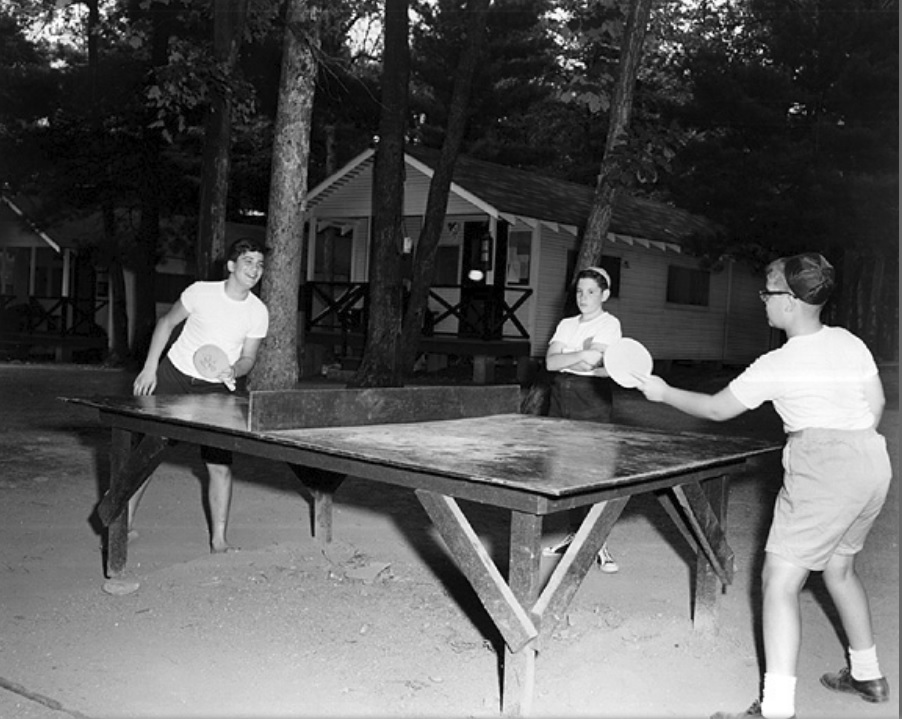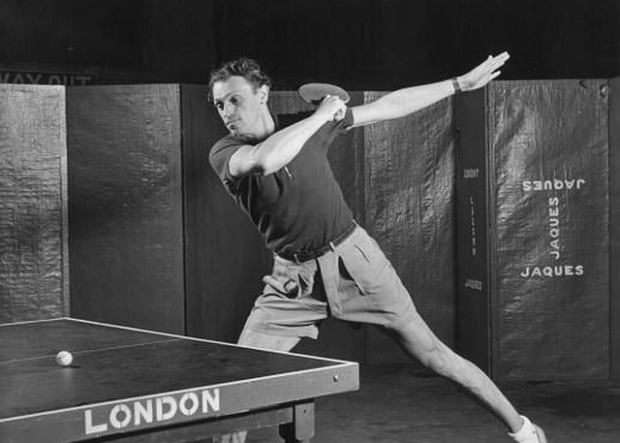Estee Ackerman, a 17-year-old Jewish girl from New York, is one of the top table tennis players in the United States, and is setting her sites on competing in the 2020 Olympics. As a Jewish table tennis champion, Ackerman is actually following in a long tradition of Jewish success in the sport.
When table tennis began to develop and grow throughout Europe, many of the sport’s earliest champions were Jews from Eastern Europe and Germany. A number of overlapping factors led to a high rate of Jewish participation and success in table tennis. As a newer sport that took off during the early decades of the 20th century, it did not have the traditional barriers to Jewish participation that were officially or unofficially part of other, more established sports; there was little to no external opposition to Jews who were interested in the sport.

Additionally, internal changes within the Jewish community made it a particularly auspicious time for increased Jewish participation in sports; the early 20th century saw a trend within many corners of the Jewish world to create a “New Jew,” one who left the study halls for a life that was more centered around physical activity. This meant that among Jews themselves it was becoming increasingly culturally acceptable—desired, even—for Jews to play sports. Table tennis, with its increased openness, was a natural draw for budding Jewish athletes.
Alojzy “Alex” Ehrlich was one of the Eastern European Jews who was drawn to table tennis, ultimately dominating the sport. Born in 1914 in the village of Bukowsko, Poland, Ehrlich and his family later moved to Lwow where he began playing table tennis in the Jewish sports club Hasmonea Lwow. While playing with Hasmonea, Ehrlich became one of the top table tennis players in Poland, and in 1934 he was named as the 8th most popular sports player in Poland.

The defining moment of Ehrlich’s career would come in 1936, during the World Table Tennis Championships in Prague, where Ehrlich competed against the Romanian, Paneth Farkas, another Jewish table tennis player. In what would become a record-breaking match for its length, Ehrlich and Farkas hit the ball back and forth in an exchange that lasted a total of 2 hours and 12 minutes. The ball crossed the net over 12,000 times. According to reports, after 70 minutes had passed, with the score still tied at 0-0, the players’ arms became heavy and tired—so Ehrlich switched arms and continued to hit left-handed. After 85 minutes the referee, Gabor Diner, had to be replaced because his neck had locked.
Finally, after more than two hours had passed, Ehrlich won the first point after Farkas’ arm froze. But the game was not over. More than 20 minutes into the second point, however, Farkas had had enough, and “sent the ball and bat together sailing wildly over [Ehrlich’s] head [and]…ran screaming from the court.” After this match, the International Table Tennis Federation changed the rules of the game, declaring that games were to last no more than 20 minutes, with the winner being whoever was ahead at that point.

Table tennis would ultimately prove to save Ehrlich’s life. During World War II, Ehrlich was sent to Auschwitz, where he was saved while on his way to the gas chambers after a Nazi guard recognized him as the famous table tennis champion, and pulled him out of the line. He ultimately survived the war and resumed his table tennis career, winning championships in Ireland, France, German, and the Netherlands. Ehrlich also coached table tennis players, developed new practice techniques, and opened table tennis centers in France. He passed away in 1992.
In much of the Jewish world, table tennis has since moved from being a game that is played professionally to a popular sport to play informally, on basement tables during Shabbat afternoons—which is how Ackerman was first introduced to the sport. However, whether played competitively or just for fun, table tennis has been part of the Jewish story for nearly a century.
Rabbi Rachel Druck is the Manager of International Foundations and Projects at the Museum of the Jewish People at Beit Hatfutsot.